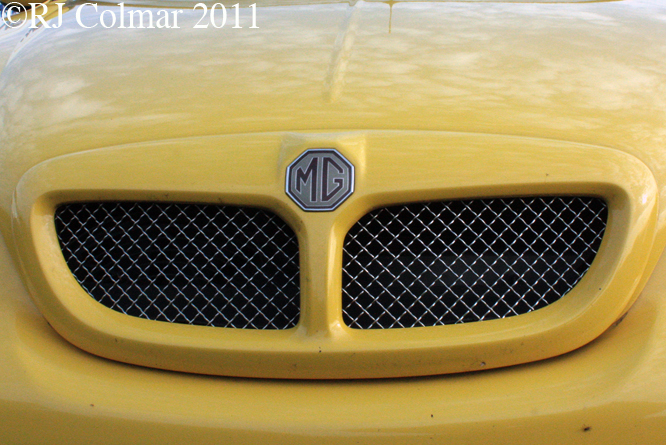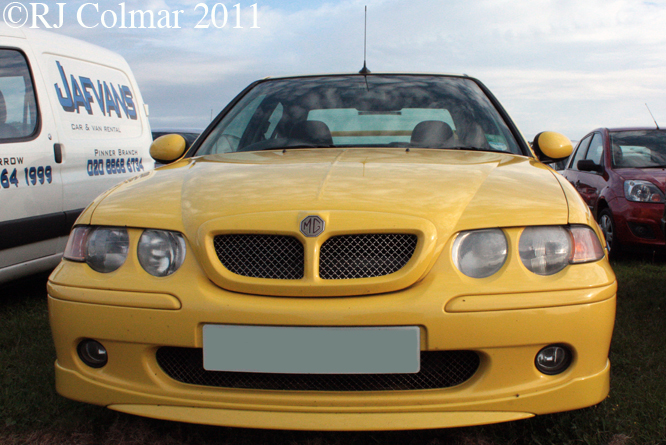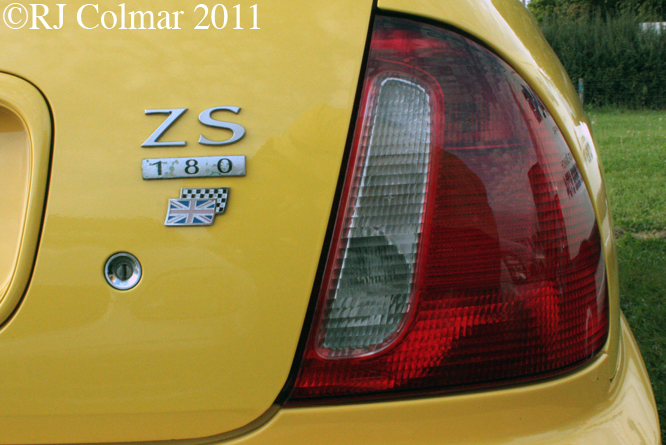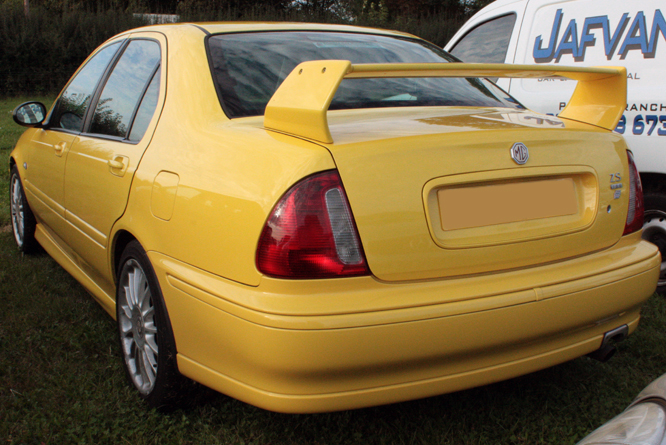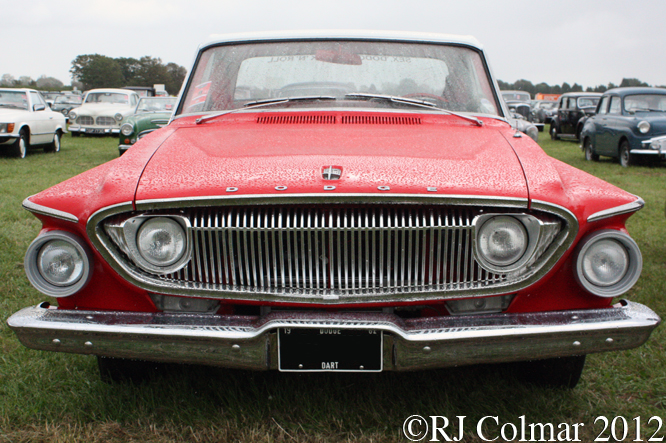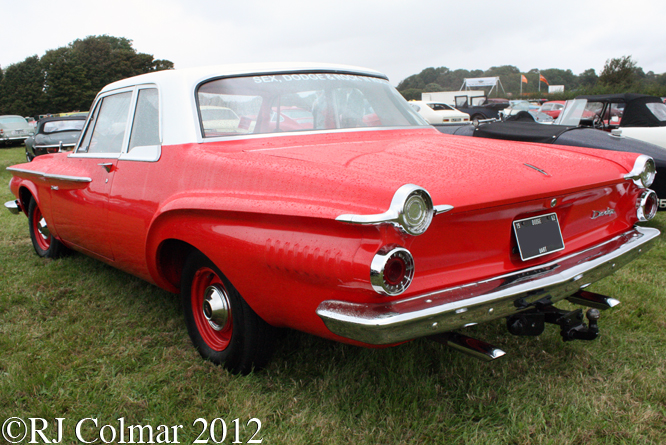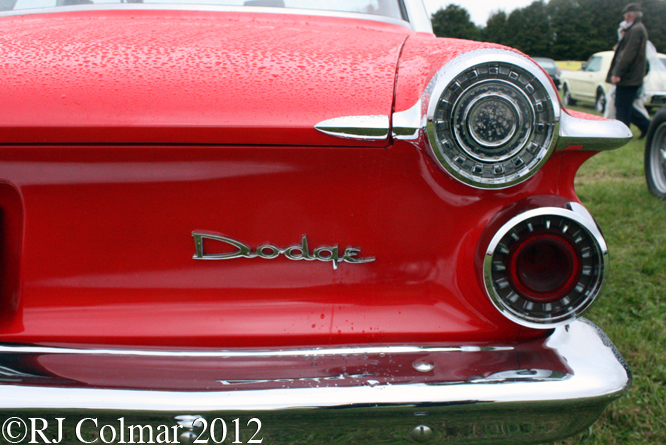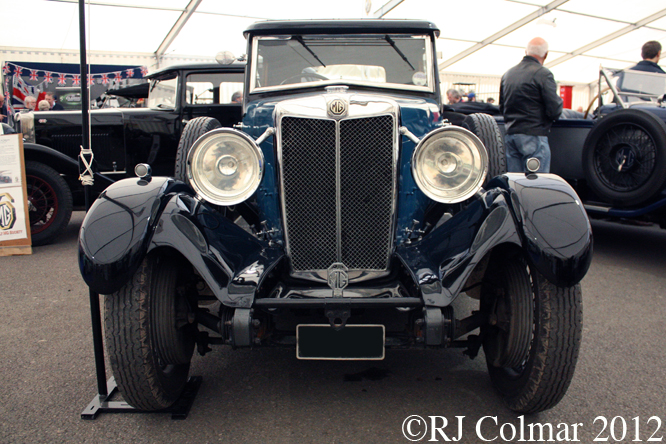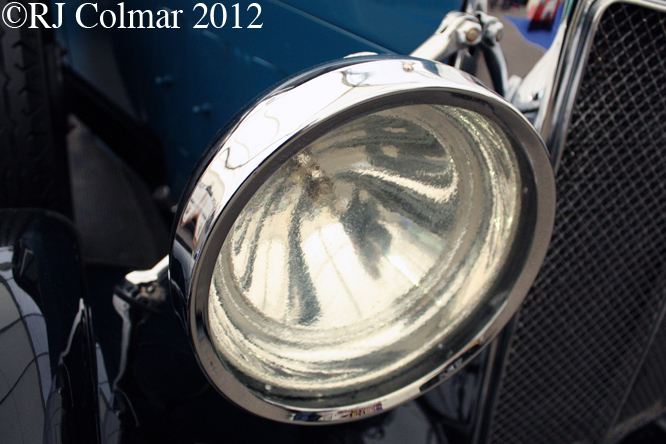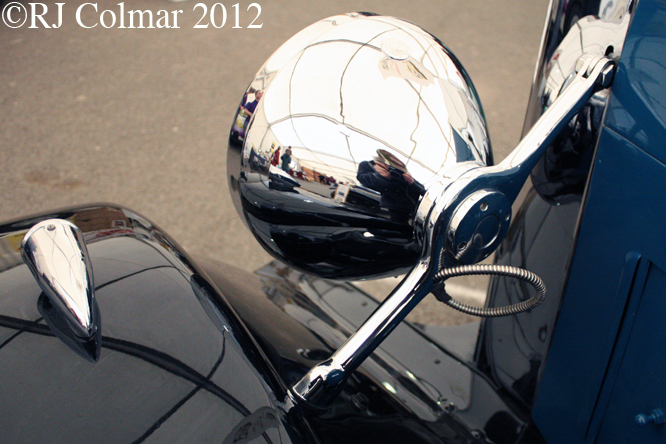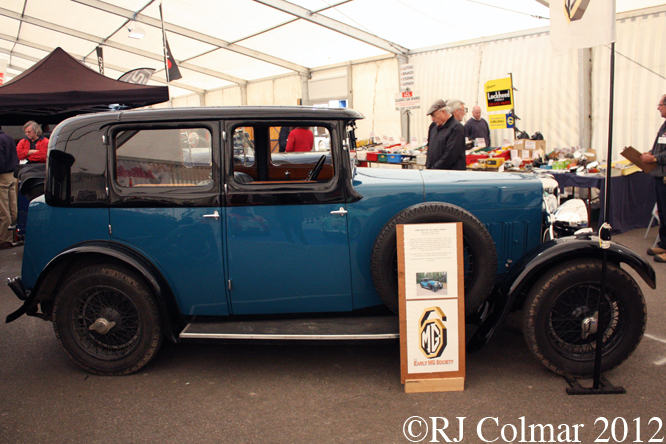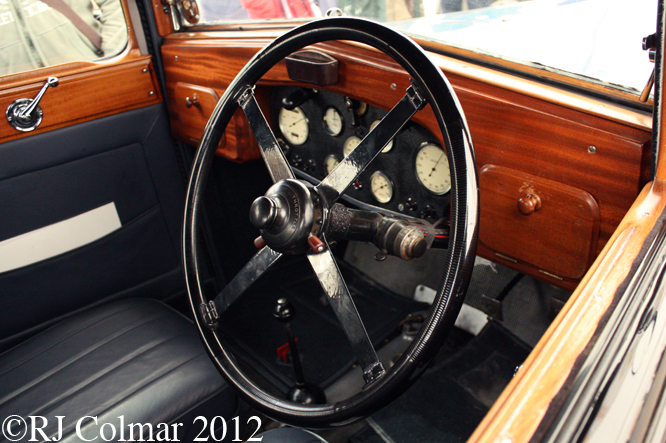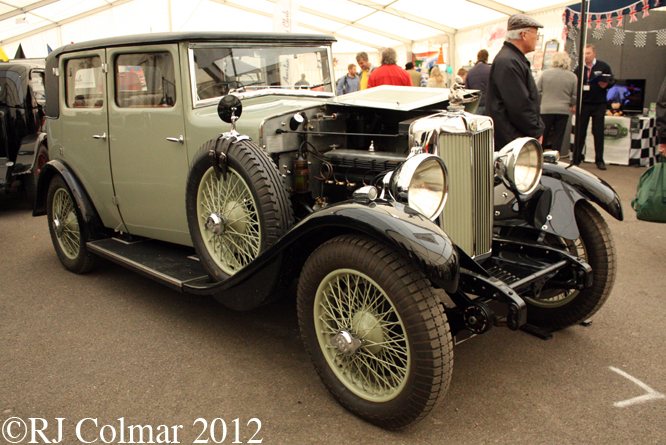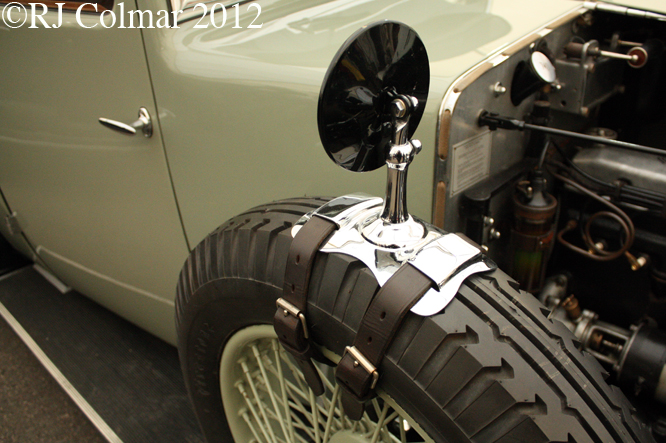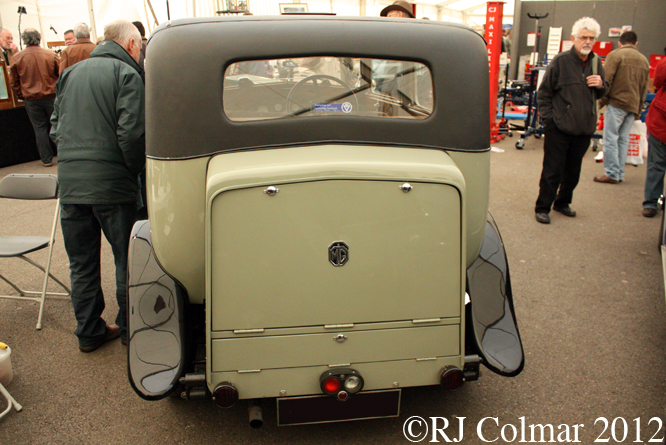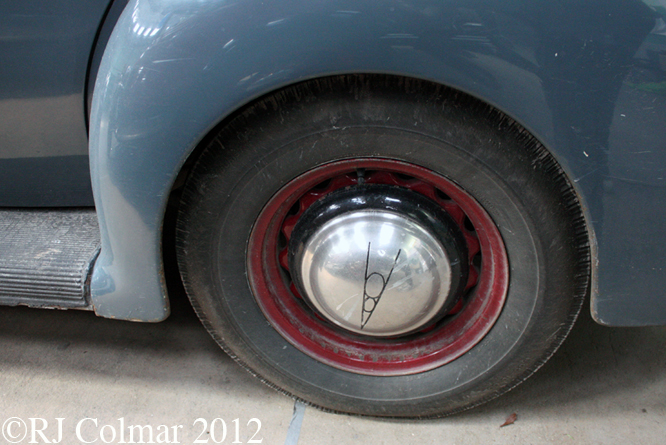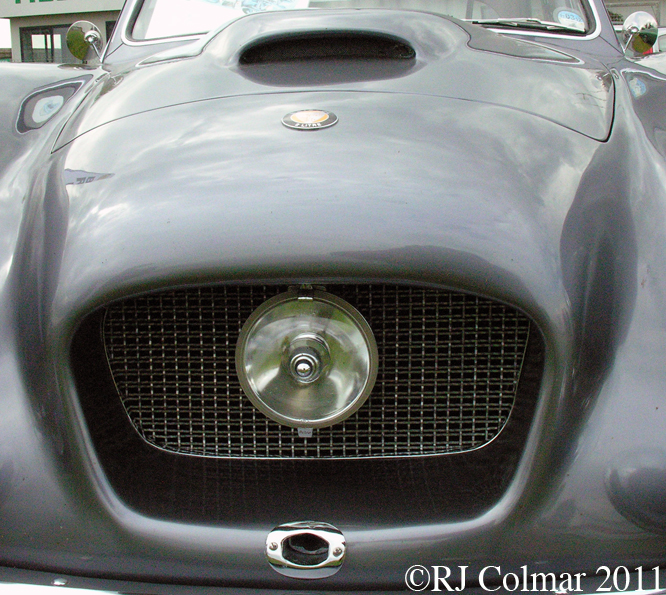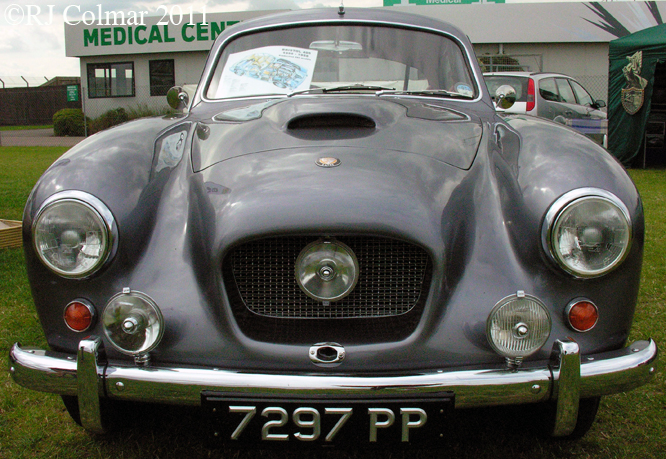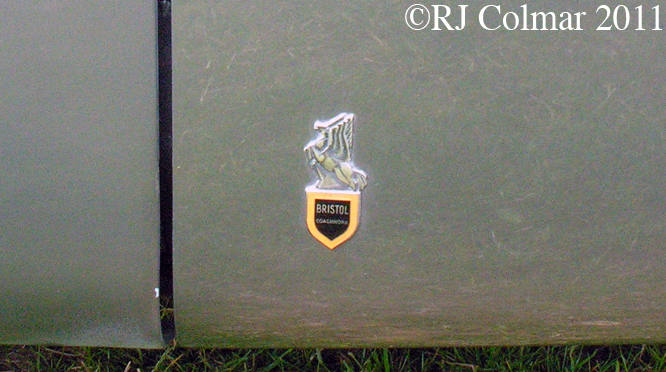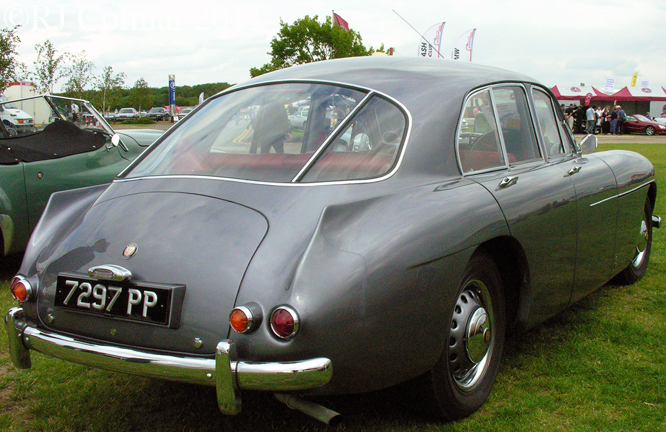Like many pioneering manufacturers of motor cars Singer Motors Ltd was founded as a manufacturer of bicycles, by George Singer in 1874. By 1901 the company had diversified into producing powered tricycles which were soon followed by powered bicycles. Singer built their first car in 1905. Over the next four Tuesday’s GALPOT will be looking at four models from the interwar years.
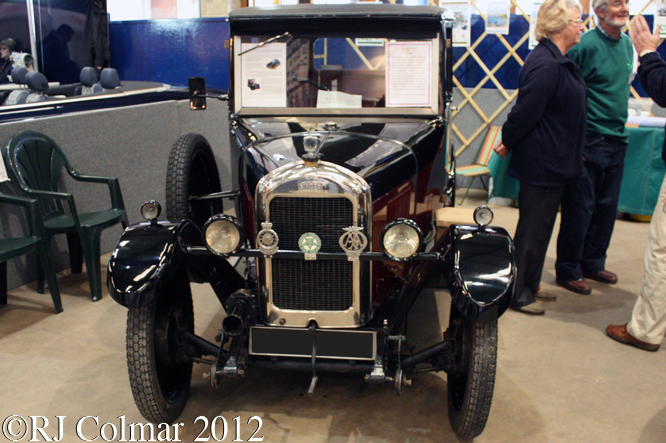
The Singer 8 Junior was launched in 1926. Initially only a four seat tourer was available, in blue with black wings / fenders.

For tax purposes the 4 cylinder motor was classed as having 8 horsepower, it featured gravity fuel feed, a crank running in just two bearings, overhead cam shaft, 6 volt electrics, that produced 16.5 hp at 3250 rpm. The motor would be the progenitor of future Singer power units for three decades.

Eventually a range of different body styles were offered including Two Seater Tourer, Sunshine Saloon, Coachbuilt Saloon as seen here, Fabric Saloon, a two plus two called the Sportsman’s Coupe and a boat-tailed Sports which helped sell 6000 8 Juniors a year between 1927 and 1931 which made Singer the third largest manufacturer in the UK behind Austin and Morris.
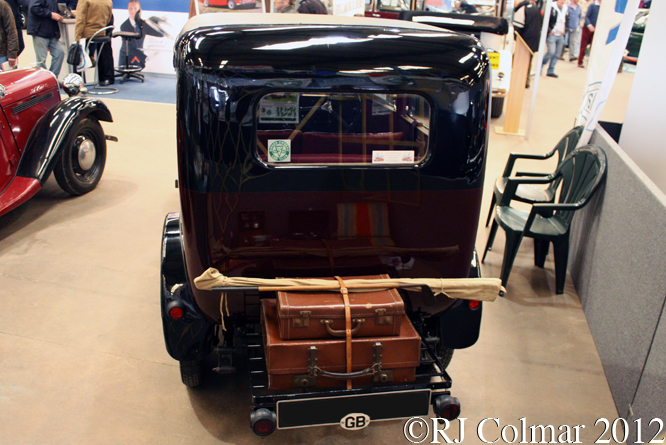
There were plans for the German Aga “Aga Fahrzeugwerke GmbH” company to manufacture Singer 8 Juniors under license, in much the same way as BMW manufactured the Austin 8 under license, but these plans came to naught, after a single prototype had been built Aga disappeared.
Today’s featured 1928 saloon / sedan was purchased by the current owners in 2009 at the Bristol Classic Car Show in Shepton Mallet, it is known to have resided in Cornwall and Surrey about 20 years ago. The owners say the car is great fun to drive “and we always get there eventually.”
Thanks for joining me on this “Two Bearing Crankshaft” edition of “Gettin’ a li’l psycho on tyres” I hope you will join me again tomorrow. Don’t forget to come back now !


